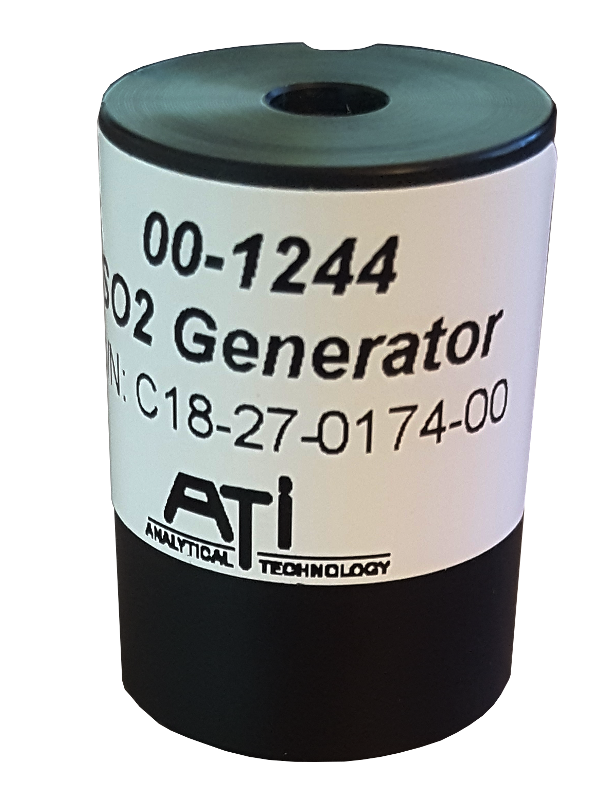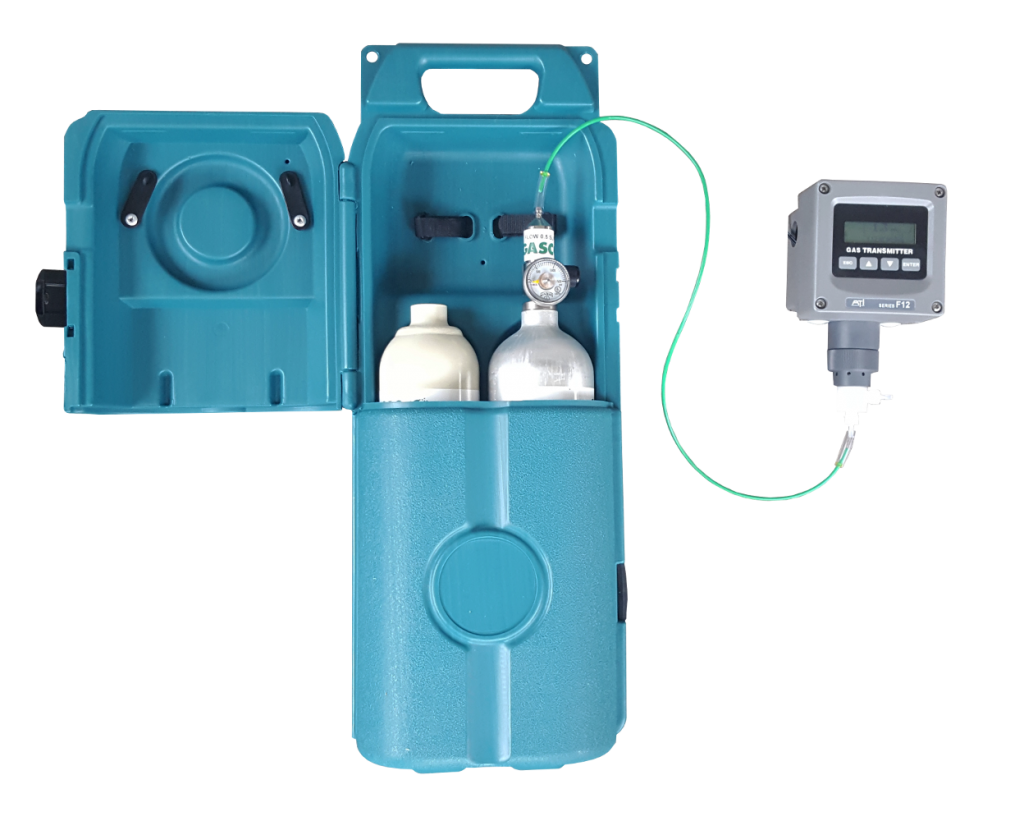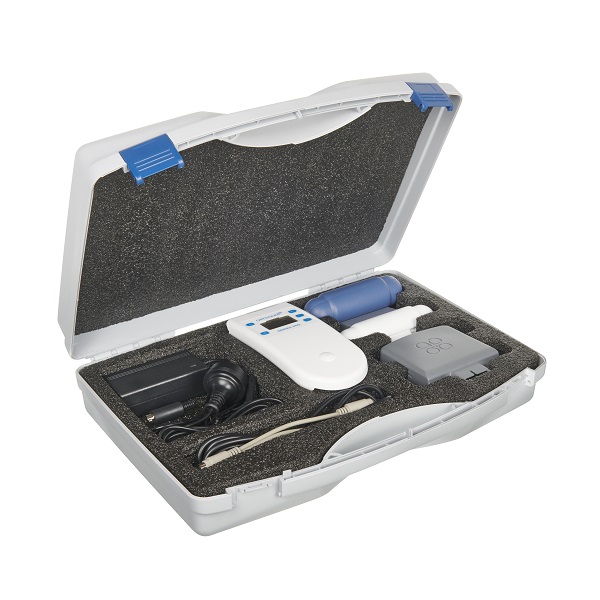Carbon monoxide (CO) is a colorless, odorless, and toxic gas that poses significant risks to human health and safety. This blog post aims to shed light on this invisible threat by providing information about its properties, health risks, regulatory standards, and the importance of monitoring carbon monoxide levels. By understanding carbon monoxide better, we can take steps to protect ourselves and those around us.
Properties of Carbon Monoxide:
Other Names: Carbonic oxide
Chemical Formula: CO
CAS Number: 630-08-0
Vapor Pressure: >35 atm
Water Solubility: Slightly Soluble
Flammability: Extremely Flammable
Odor: None
Industry Uses:
Carbon monoxide is encountered in various industries, including machinery, automotive, furnaces, and breweries. It is a common byproduct of incomplete combustion in these settings, which occurs when there is insufficient oxygen during the burning process.
Health Risks:
Exposure to carbon monoxide can have severe health implications. When inhaled, carbon monoxide binds to hemoglobin in the blood, reducing its ability to transport oxygen to vital organs and tissues. The symptoms of carbon monoxide exposure may include headaches, nausea, rapid breathing, exhaustion, dizziness, confusion, and blurry vision. Prolonged exposure can lead to neurological, reproductive, and respiratory damage, some of which may be irreversible.
Carbon Monoxide Exposure and Safety:
Carbon monoxide poisoning can occur rapidly, especially in vulnerable populations such as young children, the elderly, smokers, and those with respiratory conditions. If you suspect carbon monoxide poisoning, immediately move to fresh air and call 911 for assistance. Awareness of the risks and symptoms is crucial, especially for workers in areas where carbon monoxide levels may be elevated, such as boiler rooms, garages, and industrial facilities.
Regulations and Exposure Limits:
Various organizations have established exposure limits to protect individuals from carbon monoxide exposure. The table below summarizes some of the most recent exposure limits:
- Not Recommended: AEGL-1 (8 hrs) – EPA
- 420 ppm: AEGL-2 (10 min) – EPA
- 27 ppm: AEGL-2 (8 hrs) – EPA
- 1,700 ppm: AEGL-3 (10 min) – EPA
- 130 ppm: AEGL-3 (8 hrs) – EPA
- 35 ppm: TWA (8 hrs) – NIOSH
- 50 ppm: TWA (8 hrs) – OSHA
Monitoring Carbon Monoxide:
Measuring carbon monoxide levels is crucial for safety. Carbon monoxide is typically measured in the air in parts per million (ppm). Monitoring dissolved carbon monoxide levels, especially in areas with potential exhaust emissions, can help prevent poisoning and fatalities. Portable and fixed carbon monoxide monitors and kits are available for this purpose.
All of out units to measure Carbon Monoxide can be found here: https://www.gas-sensing.com/support/gas-information/carbon-monoxide.html
Calibration Services:
Calibration of carbon monoxide monitoring equipment is essential to ensure accurate gas measurements. Manufacturers recommend yearly calibration to maintain performance within standards. Calibration costs vary and depend on the specific equipment. If you require calibration services, you can request them from the respective manufacturers.
Conclusion:
Carbon monoxide is a silent threat that can have severe health consequences. Understanding its properties, health risks, and regulatory standards is crucial for our safety. Regular monitoring and calibration of carbon monoxide detectors are essential steps to mitigate the risks associated with this toxic gas. By staying informed and taking preventive measures, we can protect ourselves and our communities from the dangers of carbon monoxide exposure.




